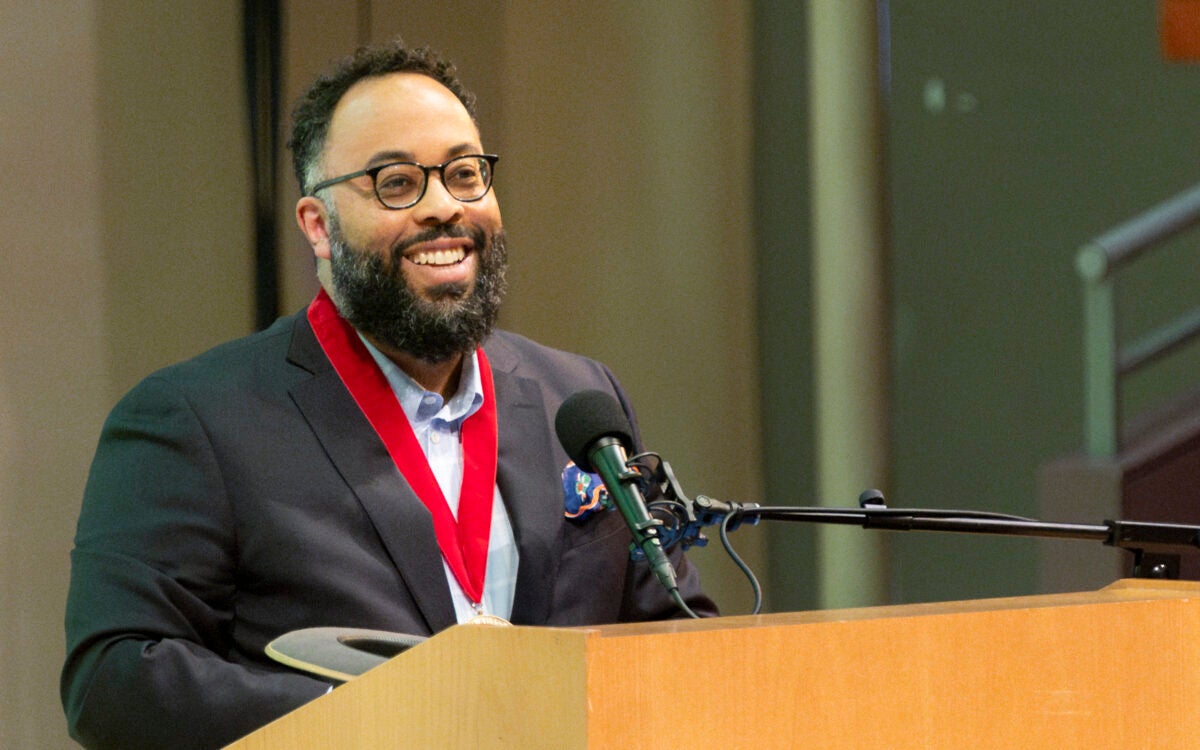Restoring access to clean water a priority for hurricane-ravaged Puerto Rico
Puerto Rico is facing an unfolding public health disaster in the wake of Hurricane Maria. Stephanie Kayden, vice chair and chief of the division of International Emergency Medicine and Humanitarian Programs in the Department of Emergency Medicine at Brigham and Women’s Hospital and Harvard Medical School, and assistant professor in the Department of Global Health and Population at Harvard T.H. Chan School of Public Health, offers some insights on the public health and medical challenges facing the island.
What are the biggest priorities right now in Puerto Rico? How are the widespread power outages affecting health and medical care on the island?
The biggest priorities for first responders and relief agencies right now are to get people clean, safe water, electricity that’s needed for hospital medical interventions, and food.
The power outages in Puerto Rico are important because a lot of the clean water supply depends upon pumps that are run by electricity. While people can live without electricity, they can’t live without clean water…
The lack of electricity also makes it difficult to have good, safe food storage. And of course, without power, many functions in modern hospitals can’t work. Finally, Puerto Rico is a tropical island where a lot of people are dependent upon electricity for air conditioning. All of these things can become real safety issues.
In the case of hospitals, they are going to be focused on the things that they absolutely can’t do without the electricity, such as high-level medical services like dialysis, operations, and a lot of basic medical care, like X-rays. So getting the electricity restored, even if it’s through generators, is a top priority.
Are you concerned about potential disease outbreaks due to the power outages and lack of clean water?
One of the most important things that we do to prevent disease outbreaks is to have proper sanitation systems—for example, flush toilets that can get human and other waste away from where people live. And in modern infrastructure, a lot of that is based on the water and sewage systems working. So, restoring water and sewage systems are a top priority for reducing disease outbreaks.
The number one priority for restoring safe drinking water is to restore the water purification systems and water delivery systems through the existing pipes—that’s the best solution. In the meantime, bottled water is being distributed. But honestly, with this many people affected throughout the country, it’s going to be very difficult for any agency to deliver enough bottled water to meet everyone’s needs. So the focus needs to be on restoring the water systems.
When there are so many public health challenges, how do emergency responders prioritize their efforts?
…In a case like this, water and sanitation services really need to be at the top of the list after the immediate lifesaving measures, like search and rescue. Restoring the power grid is critical for providing those water and sanitation services and medical services. Food is also a priority…




